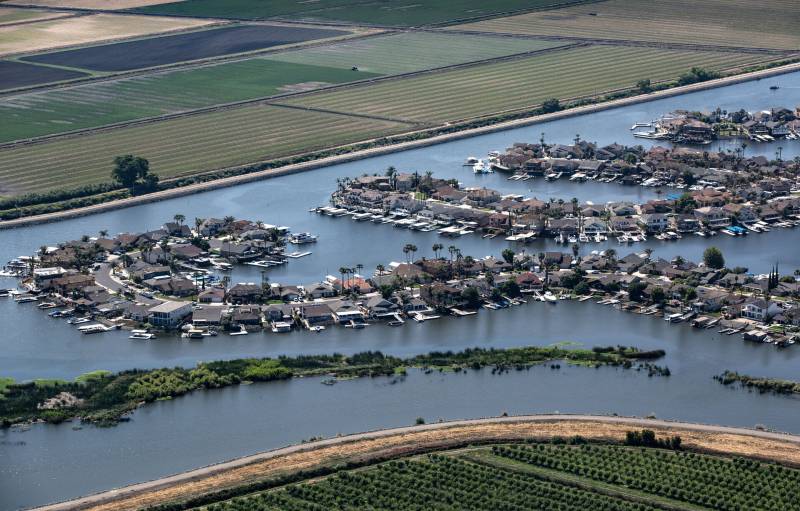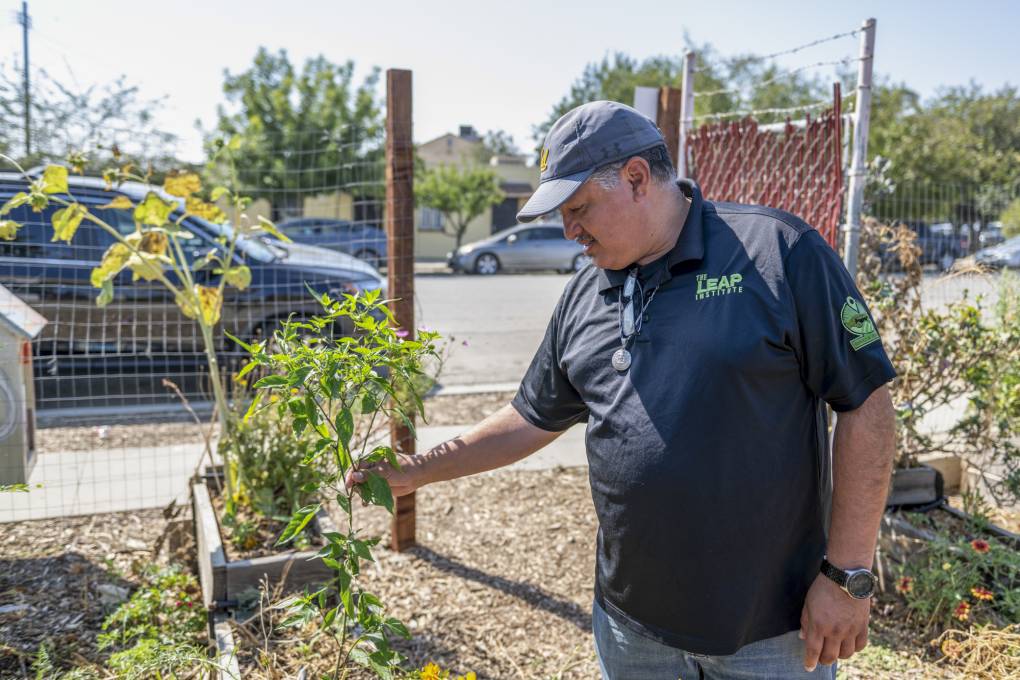California lawmakers are inching closer to deciding what to include in a major climate bond that would go before voters in November, paring it down in the face of significant budgetary pressures.
They initially proposed a $15 billion bond in the form of two bills last year to address pressing climate issues, but a new draft from a legislative working group could include variations from $6 billion to $13 billion, said Assemblymember Eduardo Garcia (D-Coachella) who is co-leading a working group on the bond.
In addition to the state’s rising budget deficit, the proposal could be challenged by competing bond ideas and a shrinking bonding capacity. Its primary opponent is a $14 billion education bond to construct and modernize schools that Gov. Gavin Newsom has supported, according to Assemblymember Lori Wilson (D-Suisun City), who is co-leading the working group. Lawmakers hope he approves splitting the state’s estimated $20 billion bonding capacity between the two bonds.
“The governor’s made it clear that the education bond is his highest priority,” Wilson said. “I believe that whatever agreement the Legislature gives him, he will, subsequently, sign off on it.”


